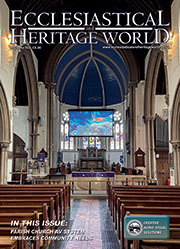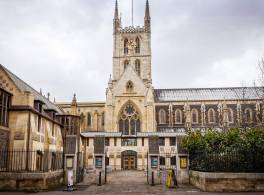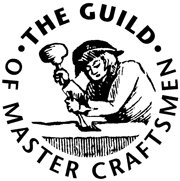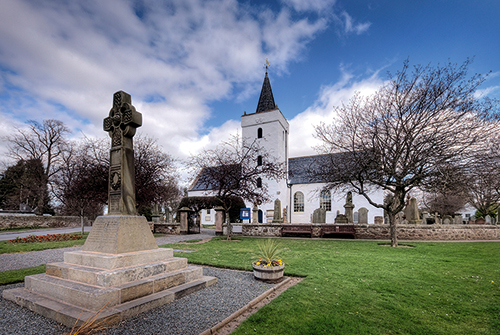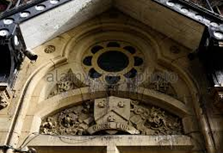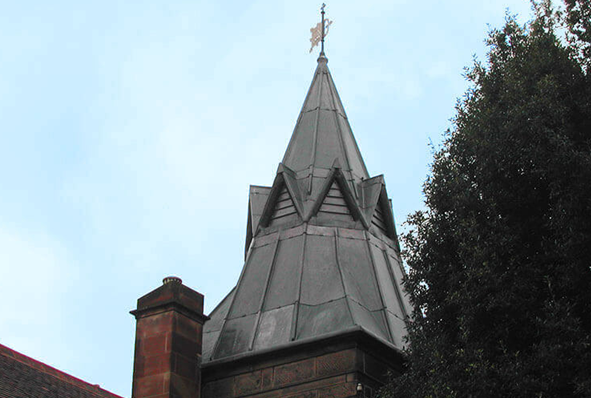Heritage Roofing
Heritage roofing - maintaining our iconic buildings
The UK is home to some of the most iconic buildings in the world, from stunning churches and cathedrals to historic stately homes. Each and every one of these remarkable feats of architecture requires regular maintenance to ensure they remain in the very best condition, allowing them to be enjoyed for generations.
Cathedral Care
Restoration and upkeep of cathedrals
There are some 42 Anglican cathedrals in the UK, not to mention 20 or so Catholic cathedrals. Cathedrals form the most important collection of historic buildings in England. The largest and most ancient are internationally famous, the smallest are usually among the most significant buildings in their region and even the most recent are architectural masterpieces.
Master Craftsmen
Championing our heritage with modern craftsmanship
Twenty years ago, English Heritage (now Historic England) published its first-ever Register of Buildings at Risk across England, which featured nearly 2,000 buildings and monuments that were ‘neglected, broken and unloved’. Recently Historic England was delighted to announce that over two-thirds of those buildings were now safe, in both urban and rural areas right across the country.
Lightning Protection
When lightning strikes are you protected against this act of God?
The issue of lightning protection in churches is one that has exercised this publication for many years. In this four-part series of spotlights on the issue we will be revisiting various aspects of the subject, beginning with an overview of current thinking.
Traditional Lime
Lime: it’s better for buildings – and for the environment
It is now fairly well known that cement is not good for old buildings and that lime mortar should be used. But why? What are the advantages and what are the disadvantages? In order to begin to answer those questions it is necessary to understand the nature of traditional building, the process by which buildings used to be built, and how it differs from modern construction, the process by which we build today.
Audio Visual
Audio visual equipment in church buildings
This guidance is issued by the Church Buildings Council under section 55(1)(d) of the Dioceses, Mission and Pastoral Measure 2007. As it is statutory guidance, it must be considered with great care. The standards of good practice set out in the guidance should not be departed from unless the departure is justified by reasons that are spelled out clearly, logically and convincingly.
Read More...
LPOW Grants
£23 million government package to support restoration of thousands of listed places of worship
Heritage Minister Sir Chris Bryant has announced that the Listed Places of Worship Grant Scheme will be extended into the next financial year, providing £23 million so that thousands of historical buildings, including churches, synagogues, mosques and temples, can carry out restoration work.
CRE Events
Exhibitors enthuse over the CRE experience
By 4pm on the first day of CRE 24 at the Marshall Arena in Milton Keynes, exhibitors Chris and Kim Dunphy had already had so many helpful and detailed conversations with visitors that they were “completely talked out”.
Insurance
You need to ensure that reasonable precautions are in place at your church to keep it safe for those who use it. To do this, you need to think about what might cause harm to people.
You will then need to decide if the precautions already in place are adequate. If they are not, you may need to identify further action to prevent any danger. When done formally, this is known as a risk assessment.
Church Maintenance
Church maintenance and repair: Calendar of Care
Just as prevention is always better than cure, maintenance is preferable to major repairs. But, such repairs may not always be avoidable. Church Care offers a monthly guide in our coming issues Starting in Spring
We can help you understand the common problems and areas that need your special attention, and give you tips for regular maintenance schemes.
Pest Control
Michael Palin warns of pest threat to churches
Michael Palin is supporting the future of the UK’s historic churches and chapels with a voiceover for a new animated film. The 80 second animation, produced for the National Churches Trust, highlights why churches are some of the nation’s best loved buildings.
Town Halls
The history of the great Victorian Town Halls of Northern England
From industrial squalor to civic pride, the story behind some of the most impressive buildings of the North involve a unique mix of economics, grand designs and noble sentiments within communities.
Lead Roofing
Lead is one of the oldest materials in the roofing industry and is still commonly used throughout the world today.
Lead roofing is a traditional roofing method which has been used in the industry for hundreds of years, and is therefore proven to be extremely reliable. Lead roofing, and sand-cast lead, in particular is ideal for old buildings such as churches or historical renovations, whereas milled lead roofing is a mass-produced alternative, used for precision and accuracy in homes and commercial buildings alike.
SEARCH OUR DIRECTORY
Thomas Whitehead is proving to be unbeatable when it comes to masonry skills competitions
.Last year, just one month after starting an apprenticeship with Albion Stone Plc at Portland, Thomas won the UK Masonry Skills Challenge organised by Stone Federation Great Britain.
Now he has followed that success with victory in the 2011 competition, after first topping the English heats in May.
Bristol-born Thomas Whitehead (20) studied for an arts foundation diploma at Filton College and it was there that a lecturer noted his skill in carving and suggested stonemasonry as a career. He admitted “I can execute against a plan, but can’t come up with the ideas so working to a drawing - which is what we do in the competition - is perfect for me.”
The competition is open to teams of three apprentices from UK stonemasonry colleges and apprentices from nine colleges in England, Scotland and Wales took part in this year’s competition.
Competitors had to complete a specific project in an agreed time. They were given a drawing, a piece of Portland Stone and the materials necessary for making moulds and templates. The stone then had to be worked with a traditional mallet and chisel and no mechanical tools were allowed.
This year the event was in two heats with the English heat being held at the City of Bath College on May 18. The Scottish/Irish/Welsh heat was held at Edinburgh and Telford College on June 7.
Thomas represented Albion Stone Plc and Weymouth College and in the final beat Rupert Davies of the Building Crafts College into second place. Third place was shared between Edward Shaw of Cathedral Works Organisation and Weymouth College and David Bean, of Farleigh Masonry Limited and the City of Bath College.
The success of Whitehead and Shaw, supported by team mate Ian Chalmers, helped Weymouth College win the overall team award and they will be presented with the Peter Ellis.
Moulton College, winner of last year’s team award, were runners up with their team of Levi Bavester, Jonny Rayfield and Mark Manby. Elgin Stonemasonry Unit were third overall with a team of Michael McCaffrey, Colin Taylor and John Reid.
The combined Scottish, Irish and Welsh heat was won by Michael McCaffrey from Historic Scotland and Elgin Training Unit with Colin Taylor finishing runner up. Colin was also representing Historic Scotland and Elgin Training unit. Peter Anderson from Urquhart Stonemasonry and Edinburgh’s Telford College was third.
Stone Federation Chief Executive Jane Buxey commented: “Once again our apprentices have demonstrated a talent and level of expertise that bodes well for the future of the industry.
“This reflects well on the companies that employ them and the excellence of the teaching standards in UK colleges.”
The competition sponsors were Recclesia Ltd, PAYE Stonework and Restoration Ltd, Vaudin Stonemasons Ltd, Burlington Slate, Stonewest Ltd, Halfen Ltd, Stone Restoration Services Ltd, Laing Stonecraft and Priestman and Associates Consultancy.
The top individual competitors qualified to enter Britain’s biggest skills competition, Skillbuild, which takes place at the Leeds College of Building on 14-16 September 2011.










